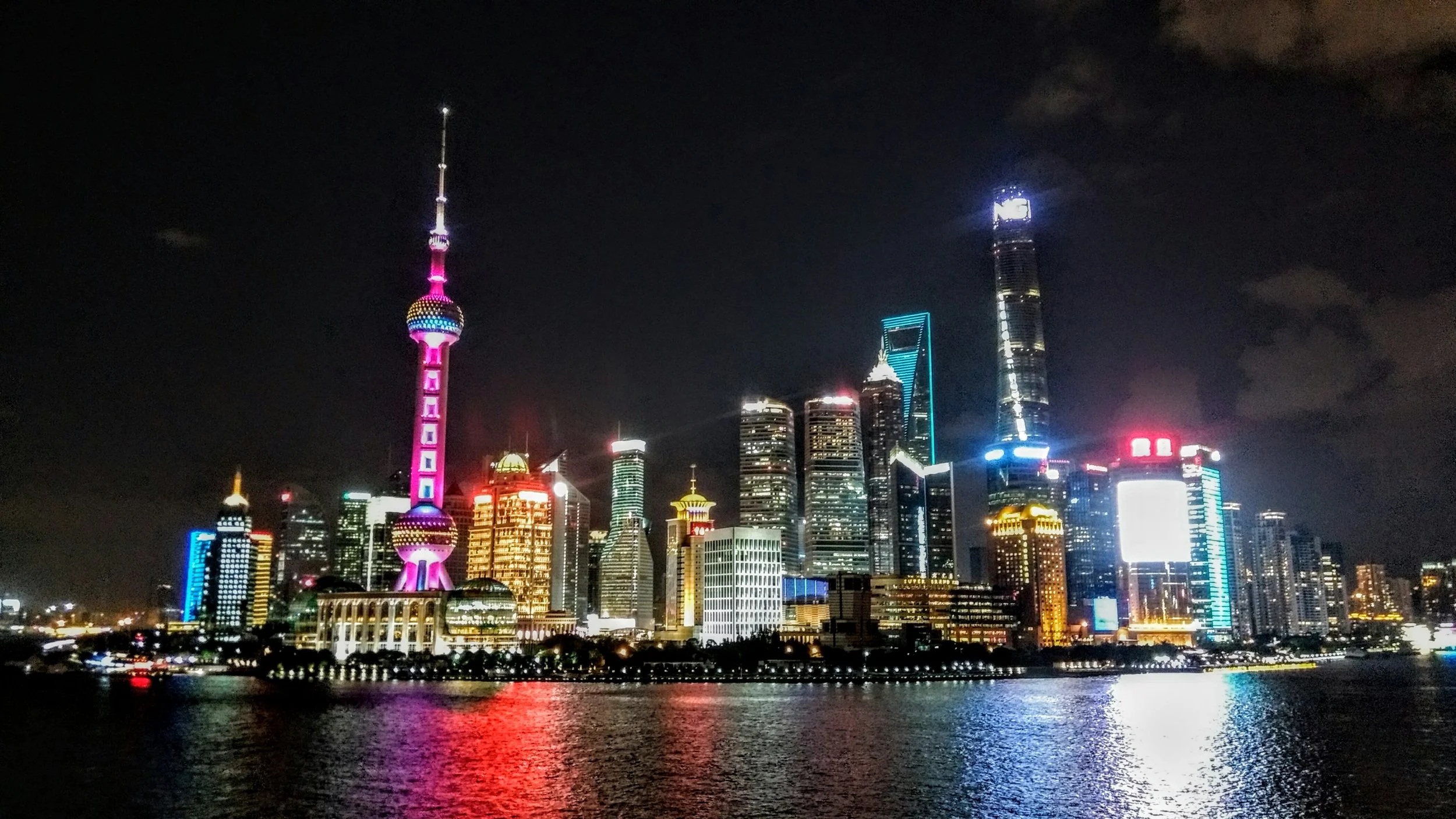Every day I walk exactly 15 minutes through the bustling streets of the Putuo District in Shanghai, China. The street stores sit tightly side by side—some selling fruits while others are busy making soup dumplings. Occasionally, I’ll stop and observe a group of elderly men huddled around a plastic table playing an intense game of cards. Other times I’ll dodge the lines of laundry that are drying on lines that hover over the sidewalk. The stores soon blend into the an even more tightly packed conglomerate of apartment units. Underwear and long pants can be seen hanging on the balcony of these small apartment living areas. On especially humid days I wonder how the clothing even dries. These apartments look run down with the occasionally decoration of plants growing out of plastic coke bottles.
These very apartments are also valued at well over a million dollars. The apartments are on average around 80 square meters valuing the apartments at over $13,000 per square meter. The elderly lady dressed modestly that is sitting next to you on the subway could very well be a multi-millionaire. There is a lot of underlying money in the city of Shanghai. Yes, you see the flashy Aventador Lamborghini cruising down road and the crowds of people carrying designer bags but there is hidden money in the highly priced real estate market of China especially in Shanghai.
Like always, the historical context is important in this case.
In order to get a better picture on the fragility of the Chinese real estate market, I had the privilege of talking with Mr. Kenneth Nealy. Mr. Nealy used to work as a lawyer for the United States Congress and has a vast amount of experience in public policy. He soon saw the potential in China and moved to the country to become a professor as well as a consultant for several multinational companies. The most notable part of our conversation was when he stated that China has been able to lift over 400 million people out of poverty while the U.S. is struggling to do that at a much smaller scale. China’s urban population has grown by 440 million in the 30 years since 1979 due to urban reclassification. In efforts to tackle poverty, the Chinese government invested in urban migration and employed migrants in service industries to help reduce social disparities. They relocated the poor from rural regions to more developed urban areas. Through that process, the migrants were given property through the Hukou permanent residence registration system.
Today, residential real estate is essentially untouchable as the prices are roughly 30 times higher than an average yearly salary. Remember the gravity of the 2008 US housing bubble? The residential estate prices were only 5 times higher than the average yearly salary. Let the magnitude of China’s housing bubble just settle in right now as you try to comprehend that. However, that being said, there is a key difference—the financing. Investments in the US were financed by loans while China, on the other hand, isn’t normally financed through loans but rather their own savings. Thus, in case of a sharp decline in housing prices, the house owners will be absorbing those costs. The property prices rose rapidly from 2000 to 2008 as a result of low interest rates paired with cheap credit so the country saw a 121% rise in the price index for second-hand homes in Shanghai. If this bubble bursts, it could wipe away three generations of wealth.
The government intervention in this also led to the boom of commercial real estate market which also contributed to this bubble. In efforts to avoid a financial crisis and economic recession, China attempted to create the greatest housing boom in human history in order to maintain a façade of confidence despite negative financial reports that showed a lack of demand. Loans with lower capital requirements were easily accessible to developers thus buyers took full advantage. As a result, by 2014 there were ghost cities of abandoned incomplete and unoccupied housing projects.
Opinion
Increasingly the migrants who were once part of the urban immigration initiatives are now returning to their respective towns outside of the city—this tends to signal an impending debt crisis on the horizon. This is due to two reasons: they simply miss their families, but also contractors and developers are unable to pay back their loans thus unable to pay their migrant workers. Price appreciation is nearly up by one-third from a year ago. According to a 2014 Peking University report, roughly 75 percent of the nation’s household wealth comes from owning real estate.
The U.S has been able to recover relatively well since 2008, however, China’s recovery would prove to be more complex. As the world’s second largest economy, such a burst would significantly impact world trade and also pull the demand out of the price-rises in other countries. If you familiar with residential or commercial real estate in the U.S, then you know that there is a growing trend of Asian foreign investment in property especially in highly value markets like California, New York, Singapore, and London.

